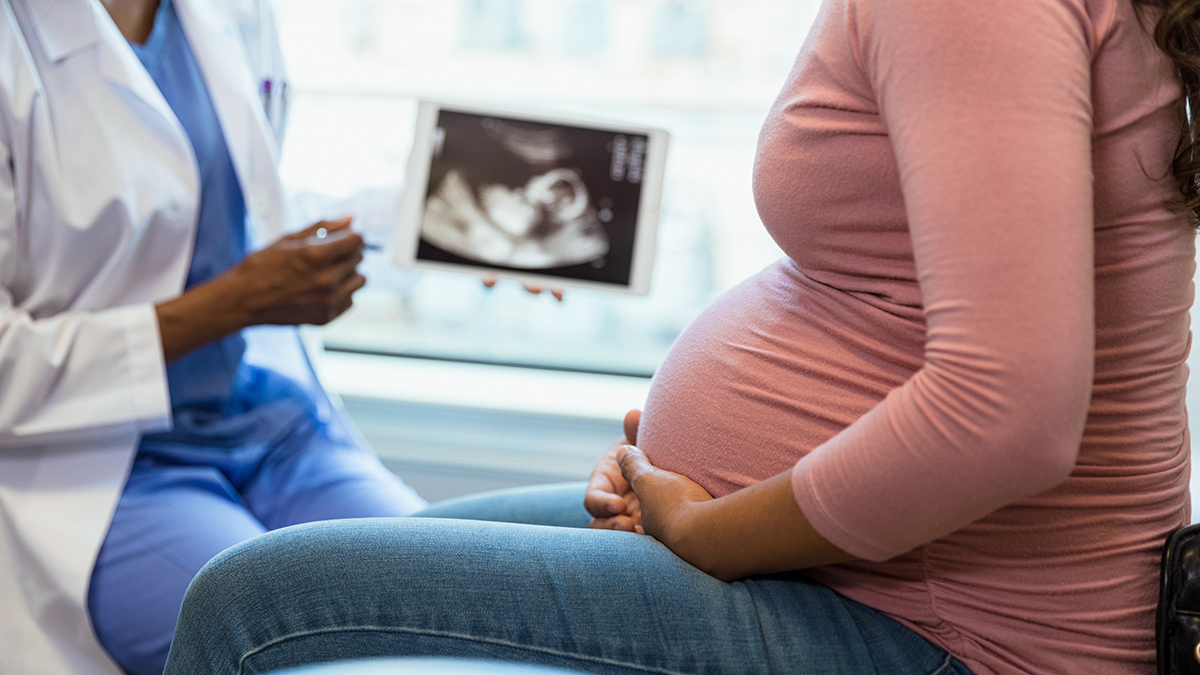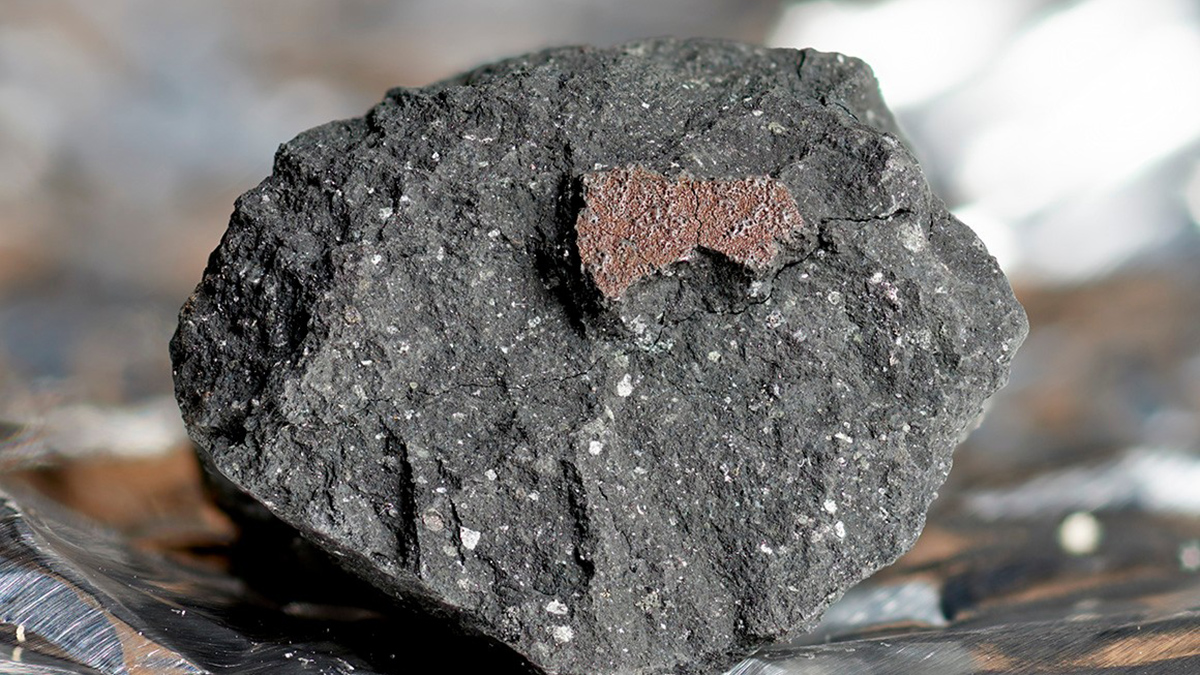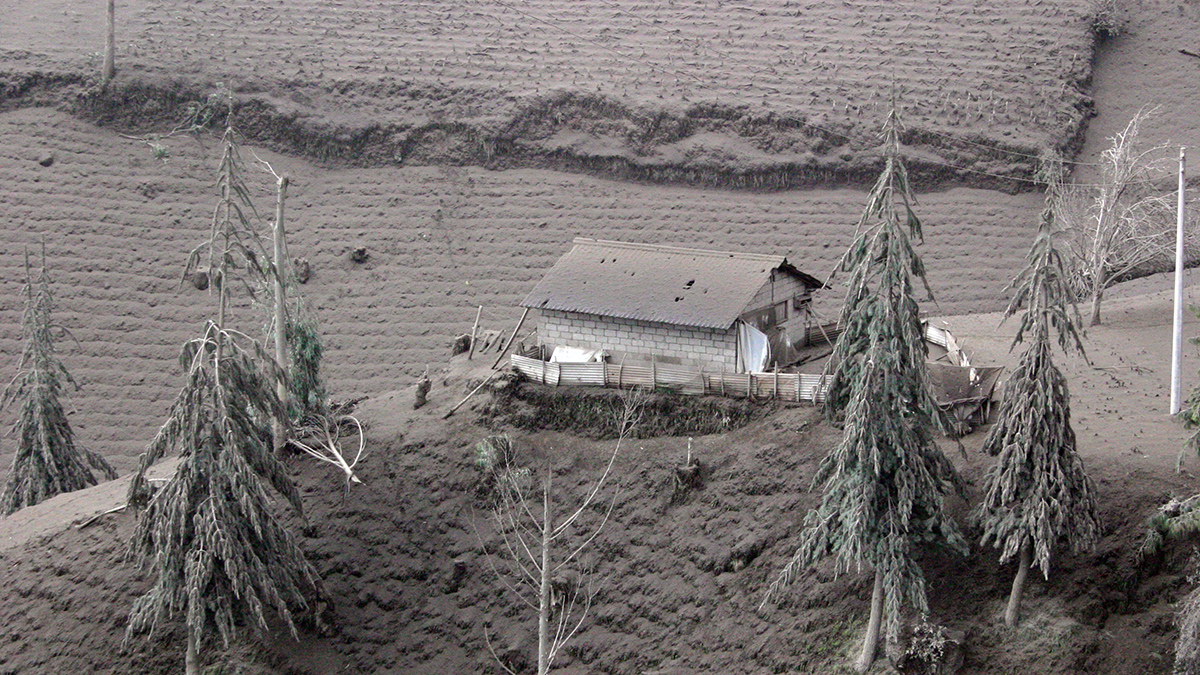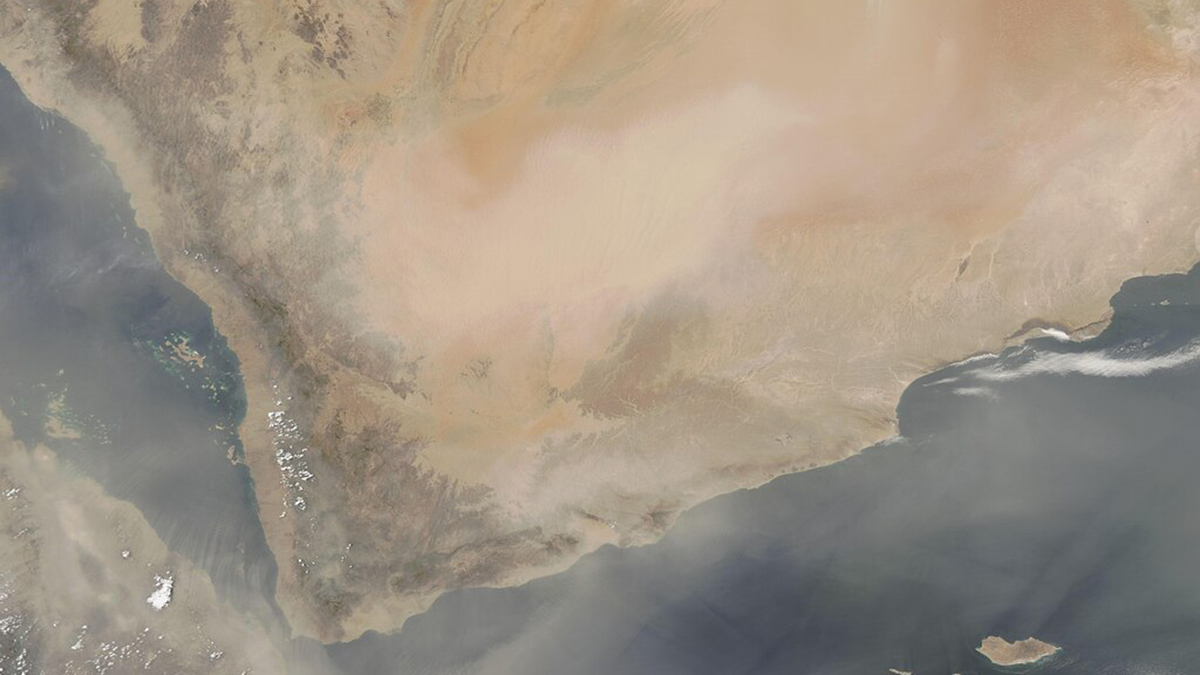Heat waves are making pregnancy more dangerous and exacerbating existing maternal health disparities.
News
A Splashy Meteorite Was Forged in Multiple Collisions
The Winchcombe meteorite was recovered, largely from a driveway, just hours after it fell to Earth, preserving evidence that its early relatives could have filled Earth’s oceans.
The JOIDES Resolution Embarks on Its Final Expedition
On the ship’s last cruise, scientists will collect data to help predict future effects of climate change.
Finally, Hawaii Gets Its Own Climate Divisions
Researchers have analyzed precipitation patterns in the 50th state to define a long-overdue data set that brings Hawaii into the fold of modern-day climate analyses.
Malaria Transmission in Africa Shifts with the Climate—and Hydrology
Rainfall data alone can’t predict where malaria may pop up. Factoring in hydrological processes helps researchers paint a more nuanced picture of transmission.
Cómo el volcán Tungurahua arrojó metales pesados en el suministro alimentario de Ecuador
Cuando el volcán Tungurahua de Ecuador entró en erupción múltiples veces entre 1999 y 2016, las comunidades agrícolas cercanas fueron cubiertas por ceniza, la cual dejó metales pesados en sus cultivos.
A Magnetic Low May Have Paved the Way for Complex Life
Multicellular life blossomed when Earth’s magnetic field was at an all-time low.
Dust Declines in Parts of Asia May Be Caused by the Warming Arctic
Rising Arctic temperatures have changed both wind patterns and precipitation in areas that carry dust to West and South Asia, but the change may not be permanent.
Magnetic Barriers Might Explain Mysterious Hot Jupiters
Hot Jupiters might end up very close to stars because a magnetic field halts their progress—and future observations could confirm the idea.
Forever Chemicals Are Raining Down on the Great Lakes
PFAS levels are growing in some of the Great Lakes, and precipitation is a big contributor.










